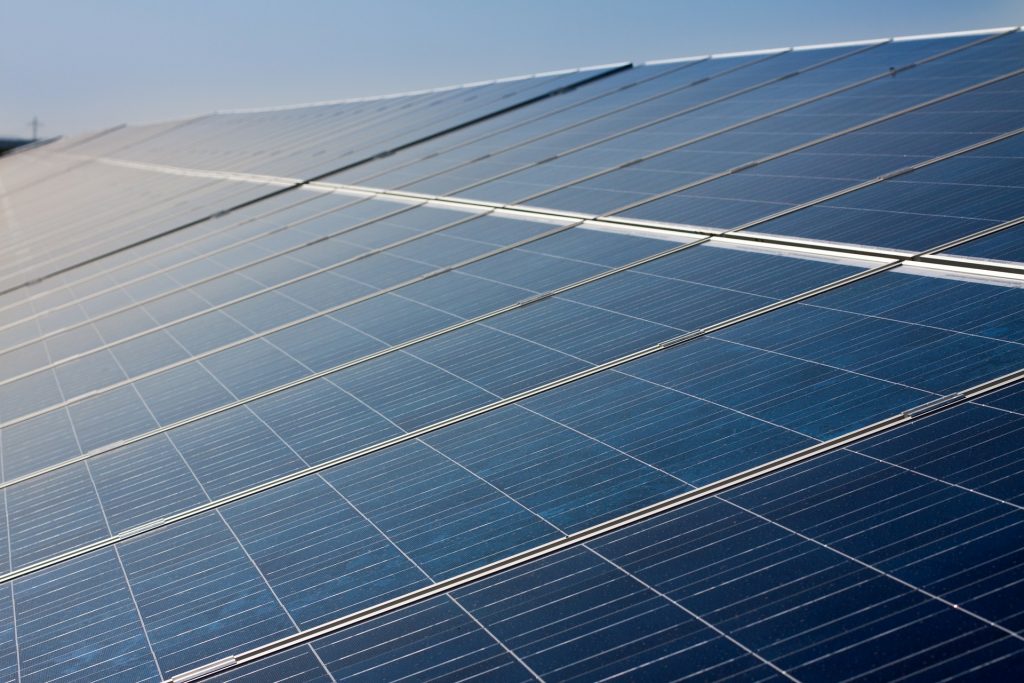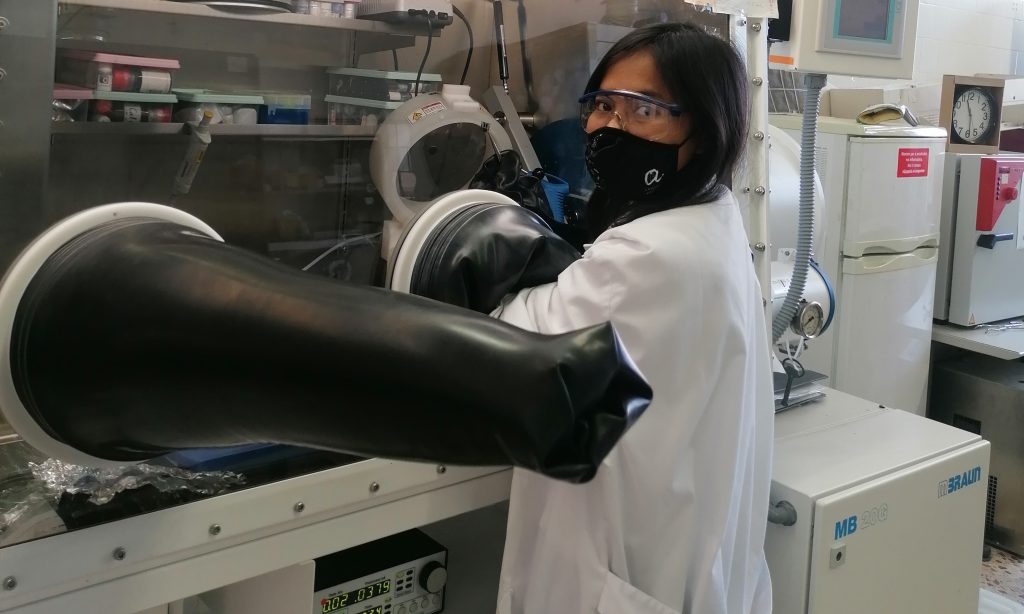10/02/2022
Researchers apply a new methodology for the study of organic solar cells shelf-lifetime degradation
Researchers from the URV and the Institute of Chemical Research of Catalonia (ICIQ) investigate on organic solar cells in order to understand their degradation mechanism and find strategies for longer durability and, thus, increase their commercial feasibility in a large-scale production

Researchers from the URV and the Institute of Chemical Research of Catalonia (ICIQ) investigate on organic solar cells in order to understand their degradation mechanism and find strategies for longer durability and, thus, increase their commercial feasibility in a large-scale production
Charging the phone, watching television, washing clothes, even until heating our food with microwave, everything needs an energy to perform all of those activities. In physics, energy can be defined as the ability to perform the work. It may exist in potential, kinetic, thermal, electrical, chemical, nuclear, or other various forms. In the case of charging our phone, we need an energy from electricity, which is generally generated with steam turbines using fossil fuel (coal, natural gas or petroleum) or nuclear power. However, due to the limited amount of fossil fuels and their negative effects on the climate, environment and health as well as the dangers inherent to the final storage of nuclear materials, energy from renewable and sustainable natural sources such as wind, solar and hydropower are gaining popularity. Among these natural resources, the power of the sun is unlimited and it does not depend on climate change. One possible way to convert sun irradiation to electricity is by using the device so-called “solar cell”.
Researchers from the NanoElectronic and Photonic Systems research group (NEPHOS) of the Electric, Electronic and Automatic Engineering Department at the URV and the Prof. Palomares research team at ICIQ have a strong expertise in the study of solar cells. In their latest work, they go even greener by using organic semiconductor materials such as plastic polymer or small molecule as their active layer to convert solar irradiation into electricity. They have called this device as “organic solar cell”.
In the last few years, organic solar cell technology have reached significant milestone towards commercialization by exceeding 10% of efficiency (the parameter that calculate the portion of solar irradiation that can be converted into electricity by photovoltaic effect) and now is getting closer to 20% efficiency. Not only because of this milestone, the emergence of organic solar cell has attracted tremendous attention in scientific and industrial communities due to their potential properties such as semi-transparent, flexible, environmental-friendly, solution-processable, light-weight, low-cost, and scalable for roll-to-roll manufacturing. However, high efficiency and low-cost are not only the requirements to scale up the organic solar cell into the market.

The main objective of the authors was to make this device more durable and increase its long lifespan, so that it can be commercially feasible to produce in a -scale production. Therefore, the research team have performed a stability study of organic solar cell in accordance with the internationally agreed ISOS stability protocol to understand the degradation mechanism. Their objective was to find some strategies to make this technology lifetime longer especially when this device is stored. The authors have called it “shelf lifetime”.
Since the degradation mechanism in organic solar cell is thoroughly complex, a simple and mostly used electrical characterization of current density-voltage measurement was not enough to provide solid information to understand the dominating mechanism of performance degradation. This study represents a novelty in its field, since the authors have combined for the first time two powerful techniques of impedance spectroscopy and transient photovoltage/photocurrent measurement to study shelf-lifetime degradation. Additionally, ISOS-D1 protocol was applied to organic solar cells under different environments to quantify the lifetime, stability and identify the degradation mechanisms predominant in it. They have also performed an inverted strategy and compared three different electron transport layers to know which one is the best strategy to improve the shelf-lifetime of organic solar cells. The main findings of their work suggest that the main cause of the organic solar cells. degradation is the formation of interface traps in the dark and upon air exposure.
This study, recently published in the journal Sustainable Energy Fuels, has received funding from the European Union’s Horizon 2020 research and innovation program under the Marie Skłodowska-Curie Actions and from URV. The doctoral thesis of Alfonsina Abat Amelenan Torimtubun is in line with this study. She is one of the 45 doctoral researchers contracted through the URV’s Martí i Franquès COFUND Programme. This work was further supported by the Spanish Ministerio de Ciencia, Innovación y Universidades, by the Agency for Management of University and Research Grants, by Diputació de Tarragona and from the Catalan Institution for Research and Advanced Studies.
Reference: Alfonsina Abat Amelenan Torimtubun, Maria Méndez, José G. Sánchez, Josep Pallarès, Emilio Palomares and Lluis F. Marsal. Shelf lifetime analysis of organic solar cells combining frequency and time resolved techniques. Sustainable Energy Fuels, 2021, 5, 6498-6508. DOI: https://doi.org/10.1039/D1SE01107C
